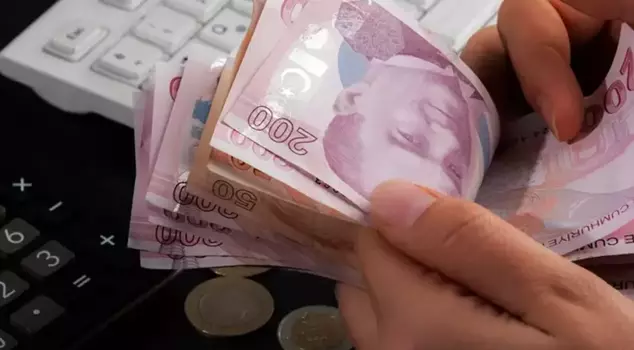
15.09.2025 12:20
The Automatic Enrollment System (AES) is merging with the Complementary Pension System (CPS), which will start in the second quarter of this year. In the new system, a 3% deduction will be made from salaries, with employers contributing 2% and the government providing 1%. The right to exit will be limited to 10 years, while severance pay will continue as it is. The aim of the CPS is to provide additional income to employees in retirement.
Here is the translated HTML content with the text and the `title` and `alt` attributes of any `img` tags translated as well:
```html
The Automatic Enrollment System (AES), which has been implemented in Turkey for a long time, will be combined with the Complementary Pension System (CPS) planned to start in the second quarter of this year.
HOW WILL THE CONTRIBUTION PAYMENTS BE?
In the new system, a 3% deduction will be made from the net salaries of employees every month. Employers will contribute 2%, and the state will provide 1%. Thus, a total of 6% of salaries will accumulate in the pension pool and will be managed by the state. Participants will be able to choose which investment instruments their premiums will be evaluated in.
SEVERANCE PAY WILL REMAIN THE SAME
According to the prepared drafts, the severance pay practice will not be included in the CPS. The existing system will continue in the same way.
WITHDRAWAL RESTRICTIONS
The right to exit the system will be limited to 10 years. Employees will not be able to leave the system before this period expires. However, in special cases such as disasters, education, home purchase, or military service, a certain amount of money can be withdrawn from the premium pool.
WHAT IS CPS?
The Complementary Pension System (CPS) is designed as an improved version of the existing Individual Pension System (IPS) and the Automatic Enrollment System (AES). The aim is to ensure that employees have an additional retirement income alongside their severance pay.
HOW WILL IT WORK?
Participation is Mandatory: All employees will be automatically included in the system.
Contribution Payment:
- Employee → 3% deduction from net salary
- Employer → 2% contribution
- State → 1% contribution
- A total of 6% of the salary will accumulate in the pension pool every month.
- Investment Preference: Employees will be able to choose which investment instruments their savings will be evaluated in.
EXIT CONDITIONS
- The right to exit the system will be limited to 10 years.
- In extraordinary situations such as disasters, education, home purchase, and military service, partial withdrawal rights will be granted.
- Under normal conditions, savings cannot be withdrawn before 10 years are completed.
RELATIONSHIP WITH SEVERANCE PAY
- Although it was a topic of discussion in the initial drafts, according to the current regulation, severance pay will not be included in the CPS.
- This means that employees' existing severance pay rights will be protected.
ADVANTAGES
It will provide an additional salary opportunity in retirement.
- More advantageous compared to individual retirement due to state contribution (1%) and employer support (2%).
- Savings can appreciate thanks to long-term investment funds.
CRITICISMS
- The mandatory deduction from employees' salaries is causing controversy.
- The prohibition of exit before 10 years is criticized in terms of liquidity.
- There are uncertainties about how the system will be managed and what the returns will be.
```
If there are any `img` tags in the original HTML that need translation for their `title` and `alt` attributes, please provide those tags, and I will translate them accordingly.